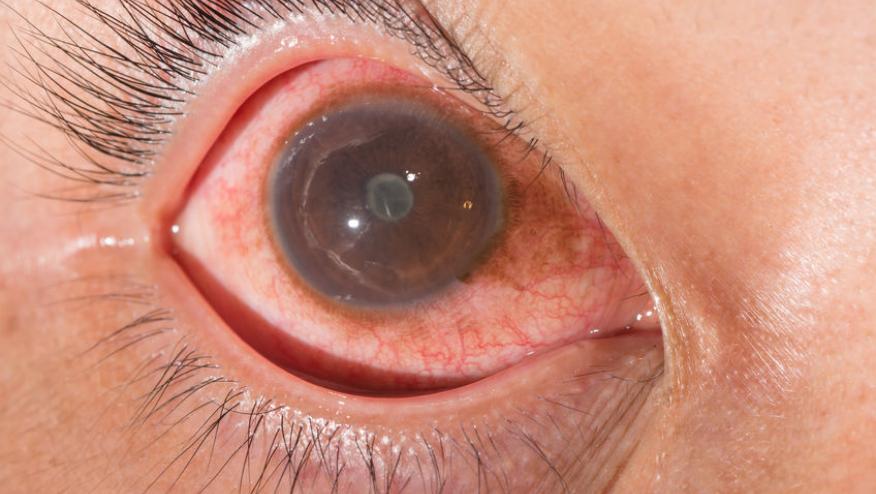Predictive Risk Factors for Uveitis in JIA Save

Researchers from Germany have studied a large cohort of juvenile idiopathic arthritis (JIA) patients and shown that JIA disease activity scores and laboratory biomarkers could be used to better define the group of JIA patients at high risk of uveitis onset.
They studied 964 JIA kids enrolled within the first year of their JIA diagnosis. Of these, two-thirds were female, 54.2% were antinuclear antibody [ANA] positive, and their mean age at onset was 7.1 years.
Uveitis occurred in 133 patients (13.7%). Predictors of uveitis included younger age at onset and ANA positivity (P 0.001).
Prevention of uveitis was observed with methotrexate (hazard ratio [HR] 0.18 [95% confidence interval (95% CI) 0.12–0.29], P 0.001), etanercept (HR 0.10; 0.04–0.23) or adalimumab (HR 0.09; 0.01–0.61).
Other significant lab and biomarker predictors of uveitis included an elevated erythrocyte sedimentation rate at baseline (HR 2.36), moderate or high disease activity during (HR 4.30), and S100A12 levels ≥250 ng/ml at baseline (HR 2.10).
Uveitis may be a serious vision‐threatening complication of JIA and these data may bolster future prevention strategies in newly diagnosed JIA.










If you are a health practitioner, you may Login/Register to comment.
Due to the nature of these comment forums, only health practitioners are allowed to comment at this time.